SUMMARY
This is AI generated summarization, which may have errors. For context, always refer to the full article.
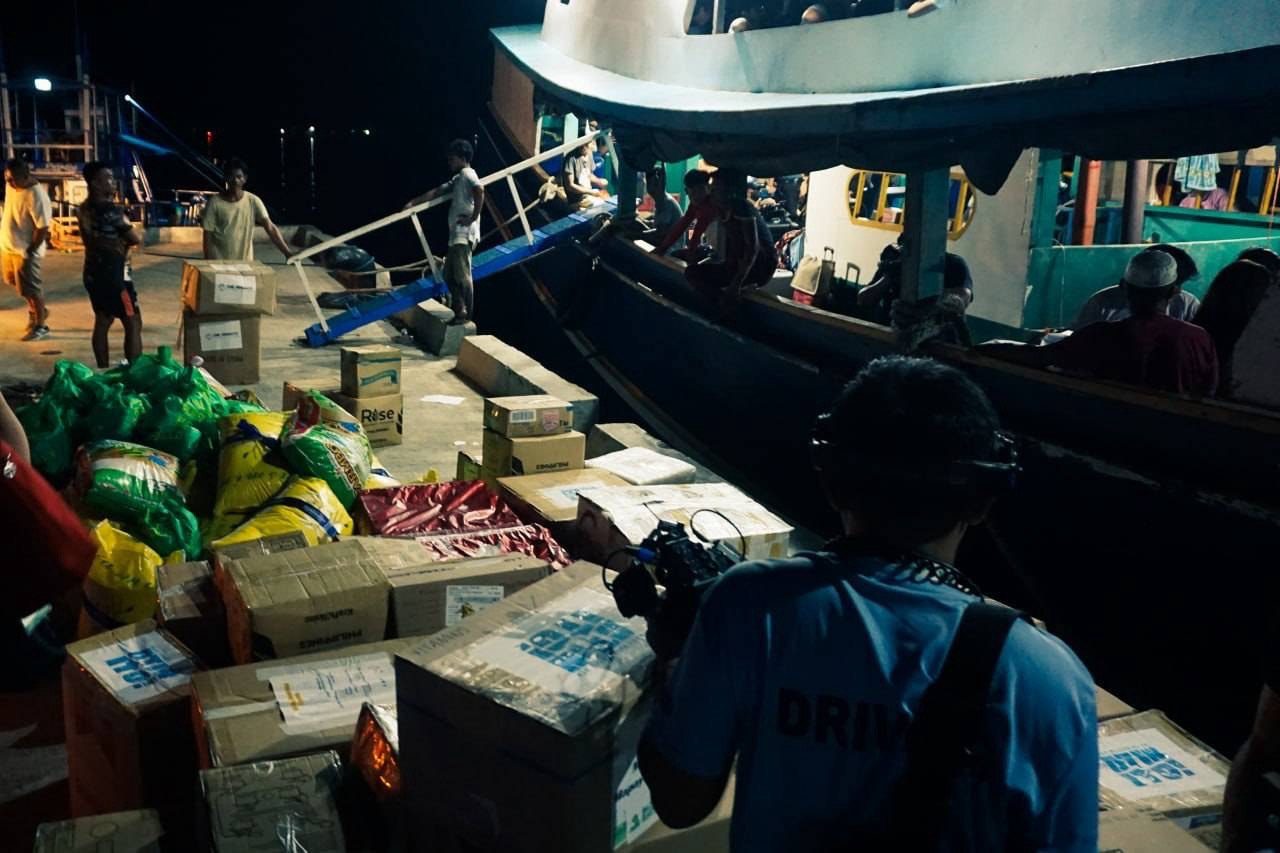
MANILA, Philippines – A historic civilian-led convoy to the West Philippine Sea won’t be pushing through after all, following the “constant shadowing” of China vessels, and the China Coast Guard’s (CCG) use of water cannons against Philippine vessels during a military resupply mission to a shoal nearby, some 105 nautical miles off the coast of Palawan.
“Erring on the side of caution, Atin Ito, in consultation with the Philippine Coast Guard (PCG), agreed to return to El Nido, Palawan after the constant shadowing of four Chinese vessels, comprised of two Chinese Navy ships, one Chinese Coast Guard vessel, and one Chinese cargo ship,” said the coalition in a statement early evening Sunday, December 10.

Raymond Powell, who leads Project Myoushu for the Gordian Knot Center for National Security Innovation at Stanford University, earlier tracked CCG vessel 5305 making its way to the area of MV Kapitan Felix Oca, where some 40 volunteers and embedded media were aboard.
Convoy organizers said Chinese ships started shadowing the MV Kapitan Felix Oca at around 3:40 pm on Sunday, December 10, south of Kayumanggi Bank.
Hours prior, Akbayan Party President Rafaela David, one of the co-convenors of the Atin Ito coalition, said in a statement on Sunday, December 10, that the convoy was going to “alter” its original route and head to Lawak and Patag Islands right away, skipping the “general vicinity of Ayungin Shoal (Second Thomas Shoal),” its first planned stop.
David, alongside leaders and members of the Center for Agrarian Reform for Empowerment and Transformation, Pambansang Katipunan ng mga Samahan sa Kanayunan, Pambansang Kilusan ng mga Samahang Magsasaka, Philippine Rural Reconstruction Movement, artist groups, as well as members of the media, were on a journey that originally intended to birng them to the “general vicinity of Ayungin Shoal,” as well as Lawak and Patag Islands.
But instead of traveling to Ayungin (Second Thomas Shoal) first, the convoy changed it plans and intended to go straight to Lawak and Patag Islands, where the Philippines also has military outposts.
“The planned donation drop-offs for the benefit of West Philippine Sea fishers and frontliners will then proceed as scheduled from there,” said David in a statement released in the early afternoon of December 10.
The convoy, which includes several fisherfolk on board their fishing vessels, is being escorted by the 97-meter-long BRP Melchora Aquino, among the Philippine Coast Guard (PCG)’s largest and newest vessels.
Troubled waters
Even before the convoy left El Nido, Palawan in the wee hours of the morning on December 10, tensions in the West Philippine Sea, or part of the South China Sea within the Philippines’ exclusive economic zone (EEZ), had already risen.
On Saturday, December 9, China Coast Guard ships used water cannons on Bureau of Fisheries and Aquatic Resources (BFAR) vessels Datu Sanday, Datu Bankaw, and Datu Tamblot near Bajo de Masinloc (Scarborough or Panatag Shoal), a feature located some 124 nautical miles west of Zambales.

Filipino fishermen said the CCG also installed a floating barrier that stopped them from entering the shoal’s lagoon. Since it’s the traditional fishing grounds of different fisherfolk according to the 2016 Arbitral Tribunal, no nation should bar artisanal or small-scale fishing in its vicinity and within its lagoon.
The BFAR ships were there to bring supplies to Filipino fisherfolk near the shoal, which should be a shared resource for fisherfolk from the Philippines, China, Taiwan, and Vietnam.
On December 10, just as the Atin Ito convoy was en route to its first scheduled stop, close to Ayungin Shoal, a routine resupply mission to the BRP Sierra Madre was subject to blocking attempts and harassment by both the CCG and Chinese Maritime Militia (CCM) ships. The Philippines said two military-contracted supply boats were hit by water cannons, with one sustaining “serious engine damage” as a result.
A PCG vessel, the BRP Cabra, saw damage to its mast after “being directly targeted by the full strength of the water cannon of the China Coast Guard.”
The resupply mission was half a success, with only one resupply boat making its way to the BRP Sierra Madre, a rusting World War II-era ship that serves as an outpost in Ayungin Shoal.
The damaged resupply boat, the M/L Kalayaan, had to be towed back to shore by a PCG vessel.
“Atin Ito vehemently deplores the water cannon attack perpetrated against the Philippine supply mission on the international celebration of Human Rights Day. This aggressive act, carried out by a Chinese Coast Guard vessel, not only endangers the safety of our civilian supply mission but also runs counter to the principles of human rights that the international community upholds, and our rightful claims to the West Philippine Sea,” said David in a statement.
David earlier said that after they visit Lawak and Patag, the contingent would “conduct a thorough assessment of the situation” before deciding on whether to pass through the area of Ayungin Shoal en route back to El Nido.
“It is important to note that, in accordance with the existing guidelines established by the National Security Council (NSC), Atin Ito’s Christmas Convoy maintains the necessary permissions to traverse the general vicinity of Ayungin Shoal. Despite the recent developments, the spirits of Atin Ito’s contingent remain high, and safety measures are diligently upheld,” she added.
Journey to WPS
Even before they set foot in El Nido, the Atin Ito coalition had to go through a lot of negotiating and convincing for the national government, through the National Task Force for the West Philippine Sea (NTF-WPS), to give its blessing. National Security Council spokesperson Assistant Director General Jonathan Malaya initially said they discouraged the mission, citing security concerns.
“Let us normalize civilian voyages to the West Philippine Sea. For each act of Chinese aggression, the Philippines must respond with more supply missions,” David had said in a press conference back in November 20.
A November 24 meeting between task force members and co-convenors of the coalition eventually led to an endorsement from the national government and a joint agreement that the convoy would not head to Ayungin itself but instead, pass through its general vicinity.
The logic in “normalizing” voyages in the West Philippine Sea – the area is, after all, where the Philippines exercises sovereign rights – does not take away from the inherent danger sailing to certain areas pose.
Ayungin Shoal and Panatag Shoal, in particular, are flashpoints for tensions between Chinese and Philippine maritime forces.

In Ayungin Shoal, for instance, the Philippines has made it a point to use only white ships or non-military vessels in resupply missions.
In contrast, elsewhere in the Spratlys, the Philippines occasionally uses Navy vessels to bring supplies to military outposts. White ships commissioned under the civilian PCG and boats contracted by – but not commissioned – by the Philippine Navy seek to minimize tensions and the risk of military confrontations.
The CCG, unlike most coast guards, are part of China’s military structure. The CCM, while technically a fleet of fishing vessels, are used as force multipliers for the CCG and even the Chinese Navy. Resupplies to Ayungin Shoal prove as much – CCM vessels flock the area in the lead up to a resupply mission. A handful of ships also seemingly work in tandem with CCG ships to block, harass, and shadow PCG vessels.
The two features are well within the Philippine EEZ, meaning it’s the Philippines who has exclusive rights to both exploit and protect the natural resources of those waters, among other things. The Philippines’ “jurisdiction” over its EEZ also means that it duty-bound to defend the area. – Rappler.com
Add a comment
How does this make you feel?
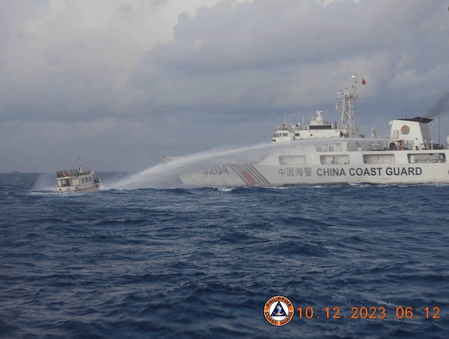
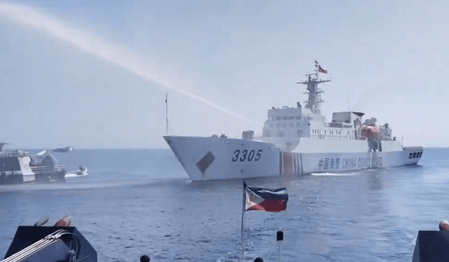
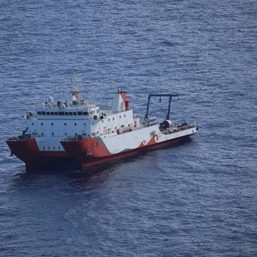
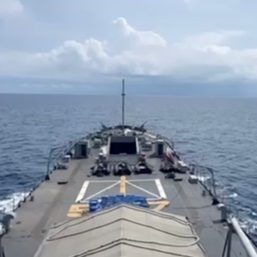
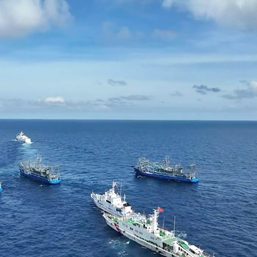
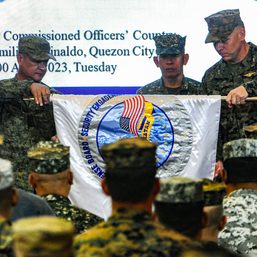
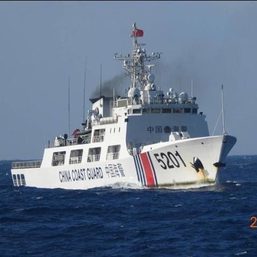
There are no comments yet. Add your comment to start the conversation.